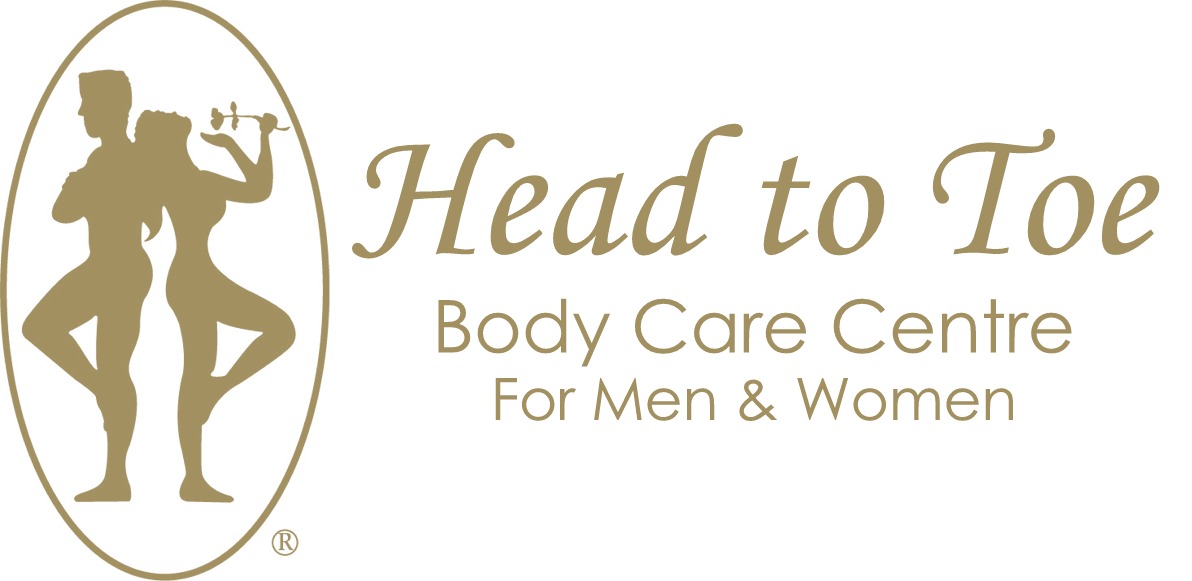IPL PHOTO REJUVENATION
Photo-Rejuvenation with an Intense Pulsed Light System, is a non-invasive treatment breakthrough that can correct a variety of skin conditions, such as facial skin imperfections, signs of ageing, wrinkles, birthmarks, unsightly small veins and other blemishes. It offers a safe, non-invasive solution that can be tailored to your individual condition and skin type, providing superior cosmetic results and outstanding satisfaction.
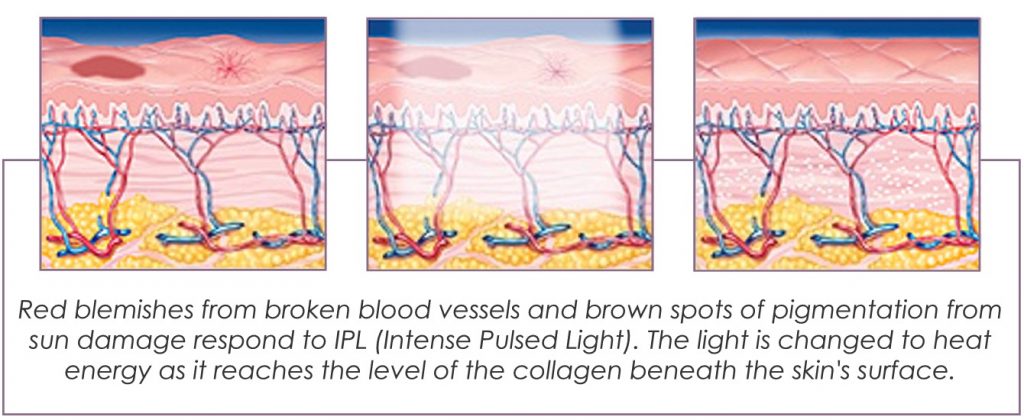
WHAT CONDITIONS CAN IPL PHOTO-REJUVENATION TREAT?
IPL Photo-Rejuvenation is effective in the treatment of imperfection from sun damage and photo ageing, dilated veins and capillaries and the symptoms of Rosacea. Enlarged pores, dull complexions and other facial imperfections or abnormalities can detract from your well being and appearance, no matter how healthy and young you feel. Today’s IPL technology improves both the superficial and deeper skin layers and rejuvenates the skin while at the same time delivering beneficial thermal energy to deep tissues. After a series of treatments, you can see a significant reduction of unwanted pigmentation and the appearance of smoother, revitalized skin. The same treatment can be used effectively on the neck, chest, and the hands.
- Age Spots (Lentigo)
- Sun Damage
- Sun Spots (Solar Lentigo)
- Freckles
- Hyper-pigmentation
- Seborrheic Keratosis
- Melasma (Pigmentation around the eyes and mouth)
- Poikiloderma (Mottled pigmentation, telangiectasia and atrophy, usually found on the neck)
- Port Wine Stains
- Stork Bite (Salmon Patch)
- Facial Redness
- Acne Papules and Pustules
PHOTO-AGEING
Ageing is accelerated in those areas exposed to sunlight (Ultra Violet Radiation), a process known as photo ageing. The signs of photo ageing and skin damage are typically most visible on a person’s face, neck and hands. IPL can non-invasively treat skin damage, such as benign brown pigment, age spots (lentigo), large or small sun induced freckles (solar lentigo), mottled pigmentation and poikiloderma (mottled pigmentation, dilated capillaries and atrophy usually found on the neck and decolletage).
Photo ageing or sun damage results in fine lines and wrinkles, discolouration and textural changes. The epidermis becomes thinner so the skin easily blisters, tears and grazes. The skin feels dry because it is less able to hold onto water. Yellow thickened bumps (elastosis or heliosis) are due to tangled masses of damaged elastin protein in the dermis. There is also increased dermal collagen due to scarring from repeated inflammation (sunburn, acne and other skin diseases). The thick dermis loses elasticity and is weaker than normal. Over activity of tanning cells (melanocytes) results in blotchy pigmentation with brown freckles, solar lentiges and white marks (idiopathic guttate hypomelanosis). There may also be dilated small blood vessels (telangiectases), cherry red spots (angiomas) and bruises (purpura). The hair follicles may plug up with dead skin and broken-down cellular proteins, resulting in blackheads & whiteheads (solar comedones) and shiny brown gel-filled bumps (colloid milia). Ageing skin is also very prone to the development of harmless brown warty lesions (seborrhoeic keratoses).
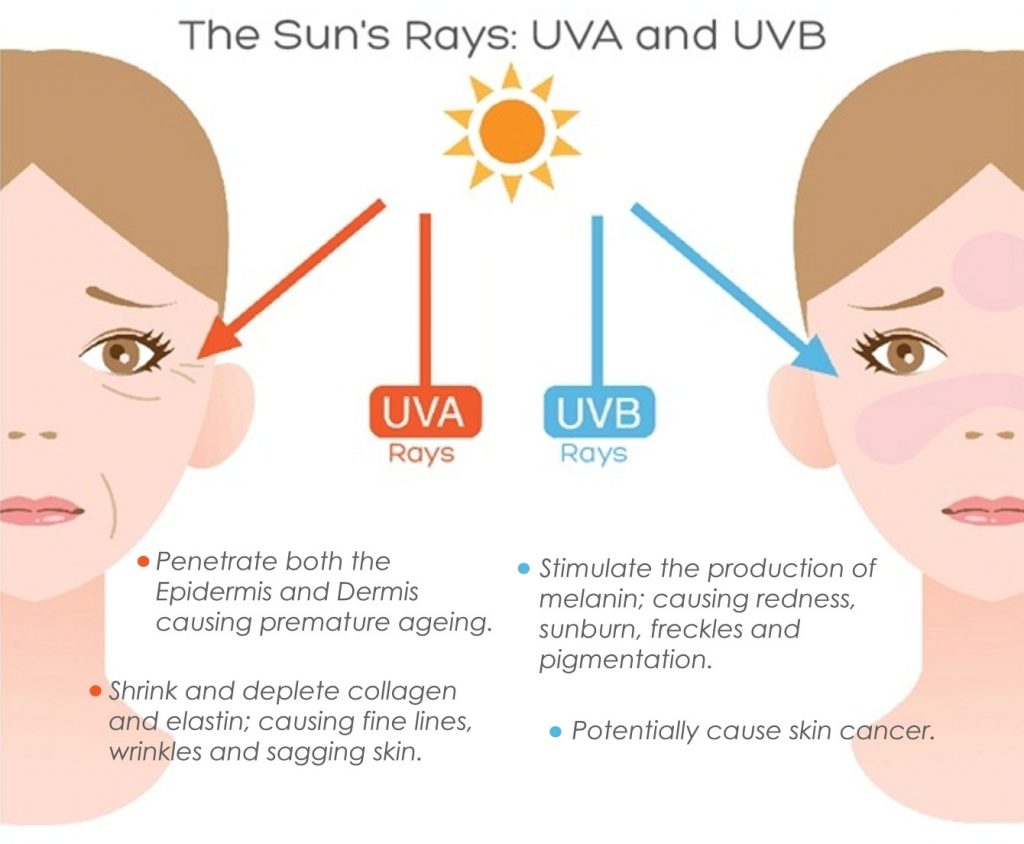
BIRTHMARKS
Capillary and vascular malformations are sometimes referred to as flat haemangiomas. However, these are not haemangiomas but are malformed dilated blood vessels in the skin known as birthmarks. These lesions are non-cancerous and appear as blotches of red or purple skin discolouration on any part of the body. They are always present at birth, although they may become more obvious with time. They may vary in size from a small dot to occasionally involving a whole limb and they grow in proportion to the child’s general growth. Vascular birth marks (port wine stains) and hypo-pigmented birthmarks (dark brown stains) can be treated very successfully with IPL. IPL safely destroys unsightly vessels so they slowly fade and disappear. Blemishes sometimes clear after 1 or 2 treatments depending on the severity and density of the birthmark.
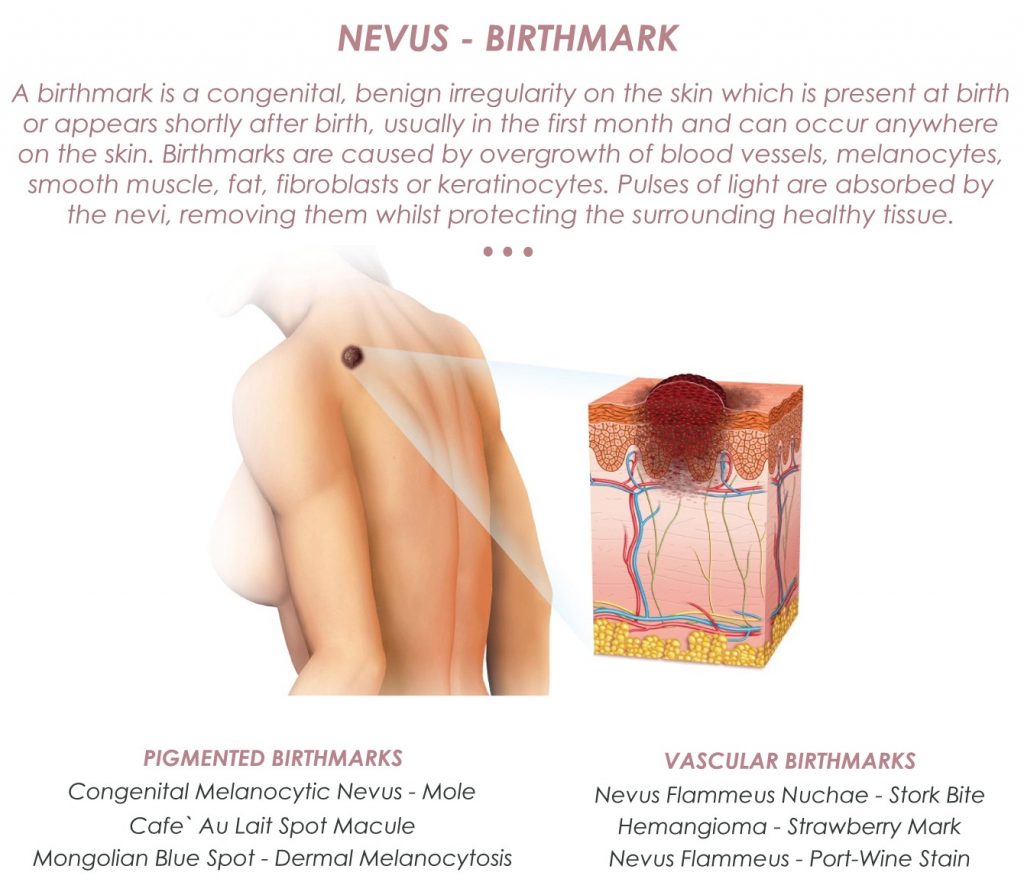
ROSACEA
Rosacea is a common, chronic inflammatory disorder, usually affecting the central portion of the face. It is characterised by facial redness, telangiectasia (dilated capillaries) and sometimes lesions that look like acne papules and pustules. It is often difficult to diagnose Rosacea because the lesions can so closely resemble acne. These facial blood vessels are abnormally sensitive to certain stimuli (triggers). Some common triggers are:
* Alcohol – Beer, Wine & Spirits
* Sun Exposure
* Temperature Extremes – Saunas, Heaters & Cool Rooms
* Spicy Foods – Pepper, Chili or Curry
* Drinking Hot Beverages – Tea & Coffee
* Eating Certain Foods – Tomatoes, Oranges, Mushrooms & Shellfish
* Hormonal Changes – Pregnancy or Menopause
* Emotional Factors – Stress, Anger, Laughing, Crying or Embarrassment
* Exercise
To date there is no known cure for Rosacea but the symptoms can be controlled effectively using IPL which destroys unsightly blood vessels so they fade and slowly disappear. It is important to treat Rosacea before permanent skin damage occurs. Some rosacea sufferers are not aware that IPL treatments can help significantly. Untreated Rosacea can cause disfiguration of the nose, known as Rhinophyma.
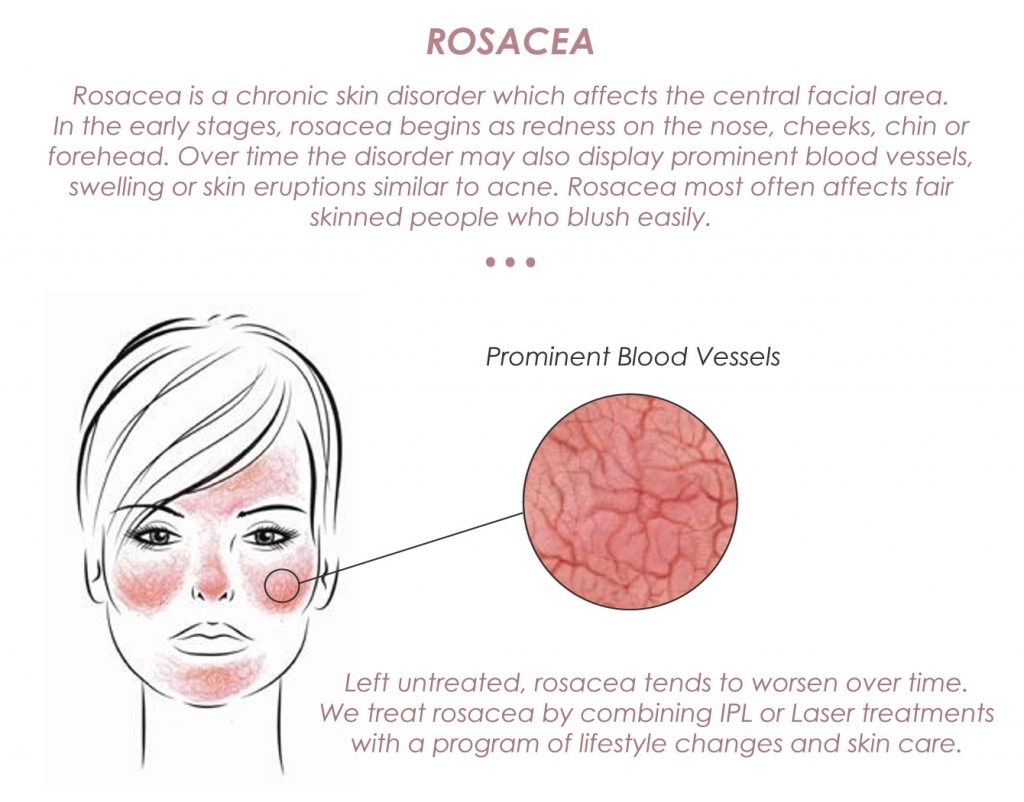
TELANGIECTASES
Vascular lesions occur when there is a concentration or enlargement of fine blood vessels. The medical term for these unsightly vascular blemishes is telangiectasia. Telangiectases are small dilated capillaries commonly called broken capillaries, thread veins, cherry angiomas (blood spots), spider naevi and spider veins (a small cluster that resembles a spider or star) which are usually dull or bright red. Whatever physical form the telangiectases take, they are by definition, dilated blood vessels.
There are many causes of Telangiectasia, hereditary plays a significant role in the development of these lesions. Hereditary Telangiectasia is a congenial weakness in the blood vessel walls. Telangiectasia may be present at birth while some other common causes are ageing, sun exposure, skin injury such as an abrasion, medical conditions such as high blood pressure and also temperature extremes of both hot and cold. IPL can successfully treat dilated blood vessels without injuring the surrounding healthy skin. For the removal of larger telangiectases, IPL is the preferred method. Smaller telangiectases can be successfully treated with both IPL and Diathermy.
BEFORE & AFTER
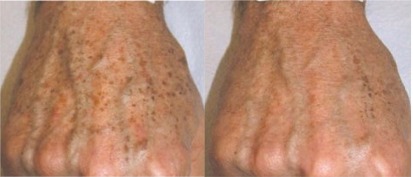
SOLAR LENTIGES – AFTER 2 TREATMENTS
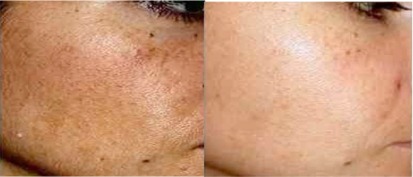
MELASMA – AFTER 3 TREATMENTS
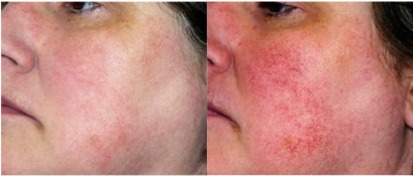
ROSACEA & MELASMA – AFTER 2 TREATMENTS
FREQUENTLY ASKED QUESTIONS
WHAT ARE TREATMENT SESSIONS LIKE?
Quick and Easy! After initial preparation, the therapist will move the hand piece over your skin. The hand piece emits light that is transformed into heat as it reaches the collagen beneath the surface of the skin. Most people perceive the light as a gentle ‘snapping’ sensation.
WHY ARE MULTIPLE TREATMENTS NECESSARY?
Depending on the number of conditions you are treating and the severity of the individual problem, a series of five or six treatment sessions may be recommended. Blemishes often clear after 1 or 2 treatments but for deeper vascular/pigmented areas such as birthmarks, more treatments may be necessary. You can return to work the same day and resume all your regular activity. By dividing the full program into several treatments, the procedure provides gradual improvement with very low risk. It preserves the “no downtime” feature that people appreciate so much.
HOW DO OTHER TREATMENTS COMPARE TO IPL PHOTO-REJUVENATION?
While there are lasers that treat red spots, other lasers treat brown spots and others are used for resurfacing of facial skin, no technology provides the long-term improvement of complexion and texture of the IPL Photo-Rejuvenation system used. Many laser procedures require local anaesthetic and result in months of recovery from painful burns and increased redness of the treated areas. IPL Photo-Rejuvenation causes minimal redness which resolves in several hours, thus causing no disruption to your busy lifestyle.
